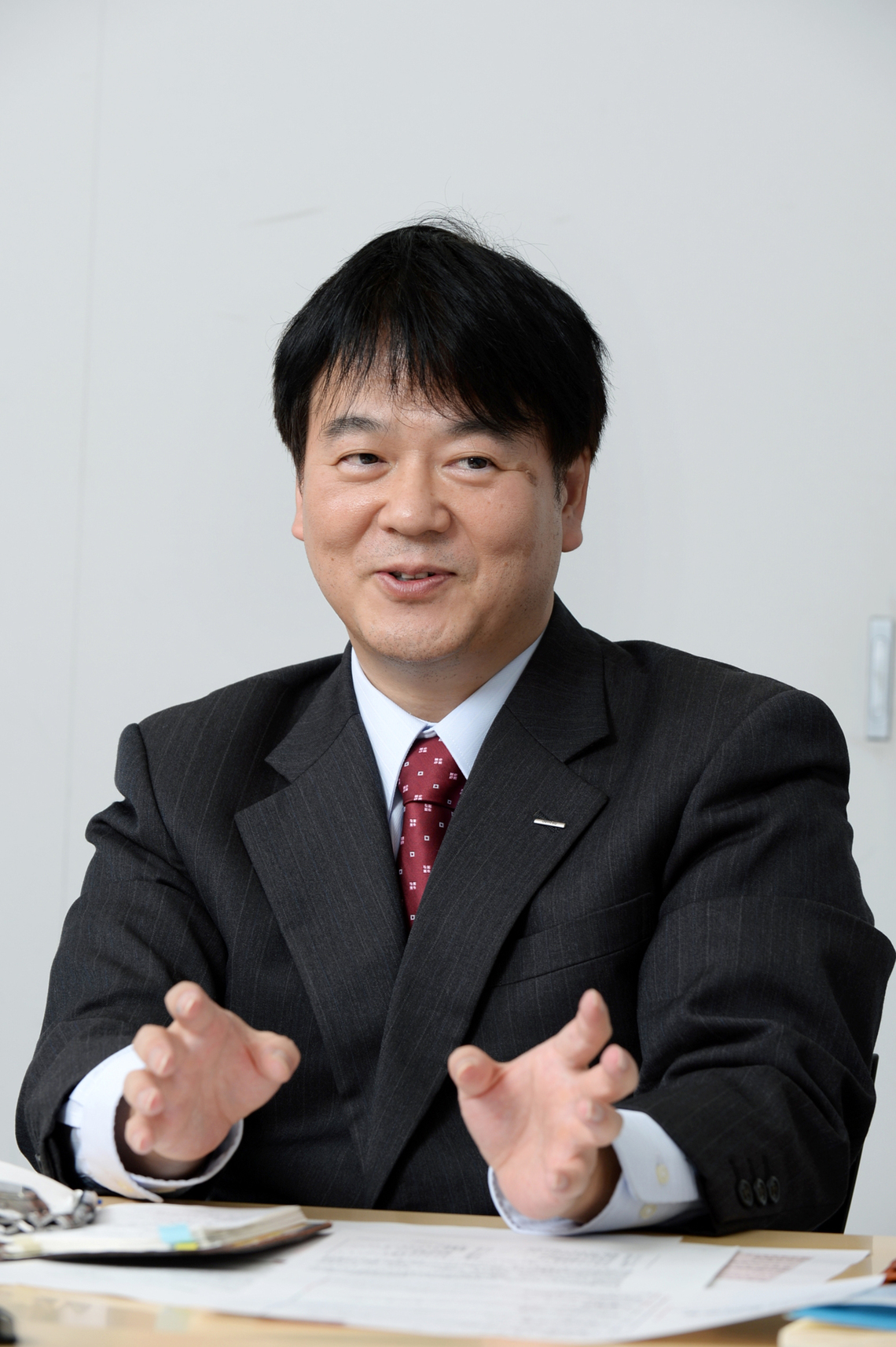Interpreting 2013's "Trending and Noteworthy Products" Part 2
Interpreting the "2013 Hot Topics and Popular Products Ranking Chosen by Consumers" Part 2
Key Words of the Era Revealed by the "Trending and Noteworthy Products Ranking"
As previously noted, three major trends defined the era of 2013.
■Providing futuristic technology as affordable products
■ Moving beyond deflation-era low-price orientation toward "premiumization with a sense of satisfaction" = a premium orientation one step above
■Growing confidence in and desire to promote Japan and Japanese culture
These trends
These were expressed through the following five keywords:
1. The Future Within Reach ~ From a distant dream to a tangible future
What many people viewed as a distant future concept was presented as an attainable product, creating surprise. Expectations were exceeded as technologies became practical and affordable: 3D printers available for several hundred thousand yen, hybrid systems and collision avoidance assistance integrated even into kei cars.
2. The Value of Taking the Initiative: From an Era of Waiting to an Era of Action
During the deflation era, those who did nothing tended to gain while those who acted often lost. However, as people's "mental deflation" began to ease, a growing sentiment emerged that "if you don't act, you lose." This shift fostered a positive attitude, moving people from a passive stance to proactive action.
This shift is reflected in trends like "end-of-life planning" (shūkatsu) to design one's own death, "daycare hunting" (hōkatsu) for nursery school admission, and "crying therapy" (namida-katsu) to reset oneself through tears. Proactive efforts like building health through special health foods (tokubō) were also seen.
Furthermore, consumers began accepting slightly higher-priced items, seeking enjoyment in consumption over low prices, leading to a premium shift in products. Premium frozen foods and the Seven Stars in Kyushu train are representative examples.
3. Casual Rich: Authentic Yet Casual
Products and services that gained attention for being authentic yet accessible.
Products and services that hit the mark by combining authentic quality with affordability and convenience were embraced. Examples include "authentic coffee at convenience stores," "My French/Italian" (offering authentic French and Italian cuisine at low prices in a standing bar format), and "short cruises" (making luxury cruise experiences more accessible).
Products and services that provide a "rough overview" of the main content, enhancing satisfaction, also gained attention. Representative products include "summary sites" that provide desired information without requiring users to surf the web themselves; Jared Diamond's Guns, Germs, and Steel and Christopher Lloyd's The Story of 13.7 Billion Years, which offer a "rough" understanding of world history; and "Tekken's flipbook manga," which lets readers cry over the overall story even if they don't grasp every detail.
4. Broad Appeal Power: Strong Foundations Elevate the Peak
The interest in Japan and Japanese culture in 2013 was not driven by Tokyo alone; rather, the diverse characteristics of various regions have created a rich and layered understanding of Japan and its traditions. Examples include Mount Fuji, a World Cultural Heritage site spanning Shizuoka and Yamanashi Prefectures; the TV drama "Amachan," set in disaster-affected Iwate Prefecture; the Shikinen Sengu (ritual relocation) ceremonies at Ise Shrine and Izumo Taisha; regional mascots; the Seven Stars in Kyushu; and local B-grade gourmet foods. These regions highlight the appeal of Japan and Japanese culture.
This growing strength of regional power is enhancing Japan's overall ability to communicate its appeal. The current state of Japan is one where the entire nation's peak is rising precisely because its strong foundation is expanding.
5. Fresh Japan: Discovering Japan's Timeless Appeal
The retro boom targeting the 1950s that emerged in the early 2000s, the 2012 radio calisthenics revival, the design of traditional Japanese underwear (steteko), and the retro boom centered on the Edo-period downtown atmosphere of Tokyo Solamachi have all evolved further. They transcend temporal constraints, fostering a "freshness" that recognizes Japan possesses wonderful things, whether present or past. This has heightened confidence in and affection for Japan and its traditions.
We are beginning to feel a Japan we want to share with the world—one communicated globally through omotenashi hospitality, the UNESCO World Heritage designation of Mount Fuji and Washoku cuisine, and landmarks like Tokyo Skytree.
Keyword for 2014
Based on these five prevailing moods and trends, the consumption keyword for 2014 is "The Future in Motion: The True First Year of the 21st Century." The "futurization of daily life" will likely accelerate.
In the realm of information, faster communications and easier connectivity will expand. Information needed—such as photos, emails, work files, books you want to read, or travel guidebook information—will be accessible wherever you are, bringing us closer to a "society where information is never forgotten."
3D printers, with their expanding applications, may usher in a new "DIY generation" eager to create various items themselves. The boundary between maker and buyer could blur, potentially bringing about the "prosumer" predicted by Alvin Toffler in the 1980s.
Reflecting this positive mood of the times, we can also expect buzzworthy products and trends originating from the 20-somethings, who excel at discerning consumption.
Triggered by the consumption tax hike, consumption will likely mature further as people curb wasteful spending and carefully select only what is truly necessary. This year is expected to be the first step toward a future of consumption where people can truly feel affluence. (End)

Yoshiyuki Sodekawa
(Sodekawa Yoshiyuki)
Joined Dentsu Inc. in 1987. Held positions including Marketing Bureau, Senior Researcher at DENTSU SOKEN INC., and Policy Planning and Research Officer at the National Institute of Economic and Social Research, Cabinet Office, before assuming his current role. Serves as a part-time lecturer at Tama Art University and Keio University Graduate School. Specializes in marketing communication, family studies, generational theory, and hit product/trend analysis. Author of books including "The Mechanisms of Creative Thinking."
Was this article helpful?